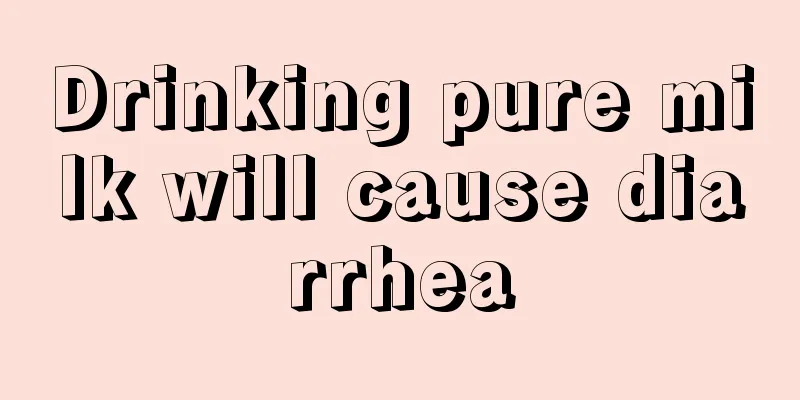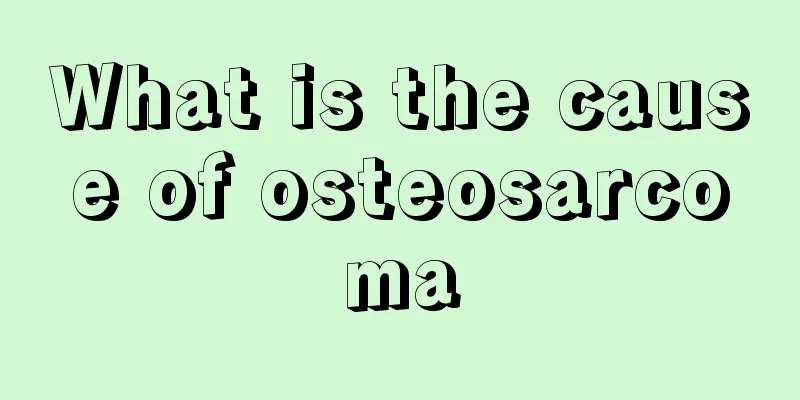What are the treatments for kidney stones and how should we choose?

|
Kidney stones are a common disease in daily life. Many people have kidney stones, but the stones are relatively small and do not cause pain or other discomfort, so no one pays attention to them. So what are the treatments for kidney stones? Patients with kidney stones know that if the stones are relatively large or if they are lodged in the ureter, they may cause severe pain or urinary retention, which means the condition is more serious. When kidney stones are serious, the pain will make the patient uneasy, but this is secondary. If it causes water accumulation in the kidneys and the kidneys lose their proper functions, we must seek a treatment for kidney stones. If left untreated, the consequences will be serious. The purpose of treating kidney stones is to remove the stones, maintain the patency of the urinary tract, and enable the urinary system to function normally. The method of removing stones needs to be formulated based on the location, number, size, renal function, whether there are anatomical abnormalities, whether there are infections, and physical condition of the stones. Generally speaking, kidney stones smaller than 5 mm are treated conservatively or by observation. For kidney stones of 5mm~2cm, extracorporeal lithotripsy is the first choice. We would like to remind everyone that extracorporeal lithotripsy cannot be performed based on a single B-ultrasound result or X-ray. Lithotripsy should be performed only after a clear diagnosis has been made. Percutaneous nephrolithotomy is the first choice for kidney stones larger than 2 cm. Peking University First Hospital and Peking University Institute of Urology were the first in China to perform extracorporeal lithotripsy and minimally invasive treatments for various kidney stones, including percutaneous nephrolithotomy, in the 1980s and have nearly 30 years of experience. The application of open surgery for stone removal has become less and less. When there are combined anatomical abnormalities of the urinary system, open surgery can be used to treat the anatomical abnormalities and remove the stones at the same time. After treating stones, careful follow-up examinations are necessary to determine whether the stones have been completely expelled. This is very important. There are many treatments for kidney stones in clinical practice. Different treatments are selected according to the location and size of the stones. However, recurrence is possible, so preventing kidney stones is more important. Drinking plenty of water is a good preventive measure. You should also pay attention to your diet and eat less foods containing calcium oxalate, such as spinach, amaranth, etc. |
<<: What are the symptoms of kidney stones? The symptoms of kidney stones are also diverse
Recommend
Sky phobia
There are many types of fears, and different peop...
How to remove flat warts, try this trick
Modern people love beauty. They may have greasy h...
What is the cause of superficial gastritis with erosion
Gastritis is a severe inflammation of the stomach...
10 diseases caused by overeating
Eating too much is equivalent to chronic suicide!...
Will unformed teratoma affect human life span?
Will unformed teratoma affect a person's life...
To prevent breast cancer, you need to do these 5 things
Breast cancer is a health killer for women. Bad l...
What are the benefits of hot springs
There are many benefits of taking a hot spring ba...
Is it good or bad to have a blue vein in the middle of the forehead?
Although everyone's face is determined by gen...
Which is better, loose powder or pressed powder
In fact, the two have similar functions, but in c...
What is the disease of black spots on the tongue
If black spots grow on the tongue, you should pay...
Chronic gastritis and frequent farts
If you feel that you fart a lot and also have bel...
How to prevent pituitary tumors in daily life
In recent years, young and middle-aged people hav...
What are the physical cooling methods for adults?
Fever is an extremely common disease. Generally, ...
What to do if there is phlegm in the throat and I can't cough it out
The situation of having phlegm in the throat that...
Is endometrial cancer hereditary?
Is endometrial cancer hereditary? Today, the emer...









